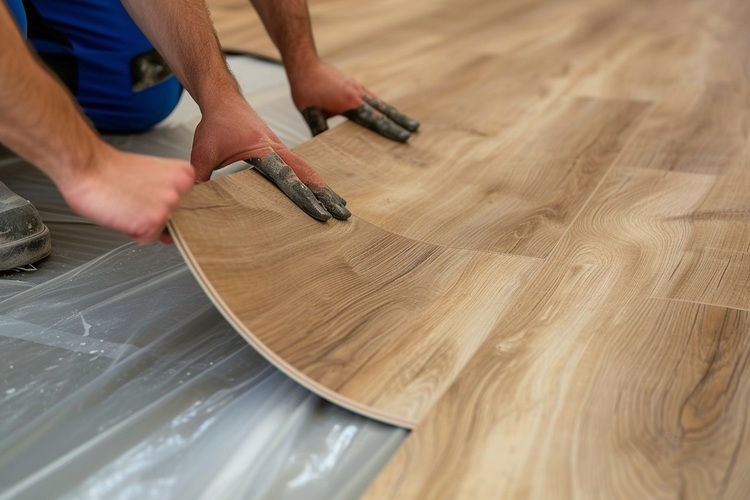Rubber Tiles — How to Create a Comfortable, Durable Floor Without Overspending
Rubber tiles have become increasingly popular for both residential and commercial flooring solutions, offering an excellent balance of comfort, durability, and cost-effectiveness. These versatile floor coverings provide numerous benefits, from impact absorption to noise reduction, while being considerably more budget-friendly than many traditional flooring options. Let's explore how to make the most of rubber tiles for your space.

What Are Rubber Tiles and Their Core Benefits?
Rubber tiles are modular flooring pieces made from natural or synthetic rubber materials. They offer exceptional durability, shock absorption, and slip resistance. These tiles are particularly valuable in areas requiring cushioning and safety, such as gyms, playrooms, and commercial spaces. The material naturally resists moisture, chemicals, and heavy foot traffic, making it an ideal choice for long-term use.
How Do Rubber Tiles Compare to Other Flooring Options?
When compared to traditional flooring materials, rubber tiles stand out for their unique combination of features. Unlike hardwood or ceramic tiles, rubber tiles provide natural cushioning and sound dampening. They’re also more forgiving on joints than concrete or vinyl flooring, while offering superior moisture resistance compared to carpet or laminate options.
What Are the Installation Requirements for Rubber Tiles?
Installing rubber tiles is relatively straightforward, making it an excellent DIY project. The process requires a clean, level subfloor and basic tools like a utility knife and measuring tape. Most rubber tiles come with interlocking edges or adhesive backing, allowing for simple installation without specialized equipment. Proper preparation of the subfloor is crucial for optimal results.
How to Select the Right Rubber Tiles for Your Space?
Choosing the appropriate rubber tiles involves considering several factors: thickness (typically ranging from 1/4 inch to 1 inch), density, surface texture, and color options. The intended use of the space should guide your selection – thicker tiles for gym areas, textured surfaces for wet areas, and decorative options for retail or office spaces.
What Maintenance Is Required for Rubber Tile Flooring?
Rubber tiles are remarkably low-maintenance compared to other flooring options. Regular sweeping and occasional damp mopping with mild soap are usually sufficient. The material naturally resists staining and doesn’t require waxing or special treatments, making it cost-effective over time.
What Are the Current Market Prices and Top Providers?
| Provider | Product Type | Price Range (per sq ft) | Key Features |
|---|---|---|---|
| Rubber Flooring Inc. | Premium Tiles | $3.50 - $6.00 | High density, various colors |
| FlooringInc | Commercial Grade | $2.75 - $4.50 | Interlocking design |
| Greatmats | Sport Tiles | $4.00 - $7.00 | Enhanced shock absorption |
| RubberFlooringDirect | Economy Tiles | $2.00 - $3.50 | Basic protection, good value |
Prices, rates, or cost estimates mentioned in this article are based on the latest available information but may change over time. Independent research is advised before making financial decisions.
Rubber tiles represent a smart investment for those seeking durable, comfortable flooring without breaking the bank. Their combination of practical benefits, easy installation, and minimal maintenance requirements makes them an attractive option for various applications. Whether for commercial spaces, home gyms, or children’s play areas, rubber tiles offer a reliable and cost-effective flooring solution that can withstand years of use while maintaining its functional and aesthetic properties.




